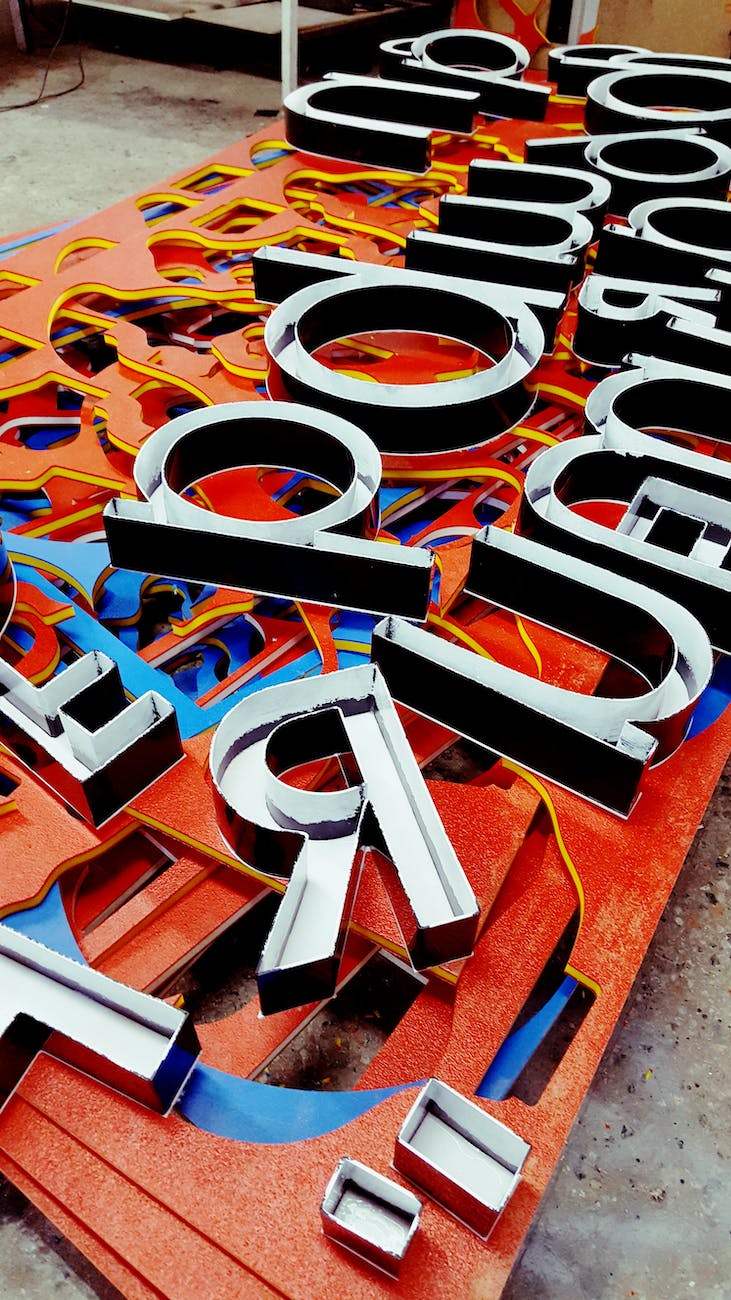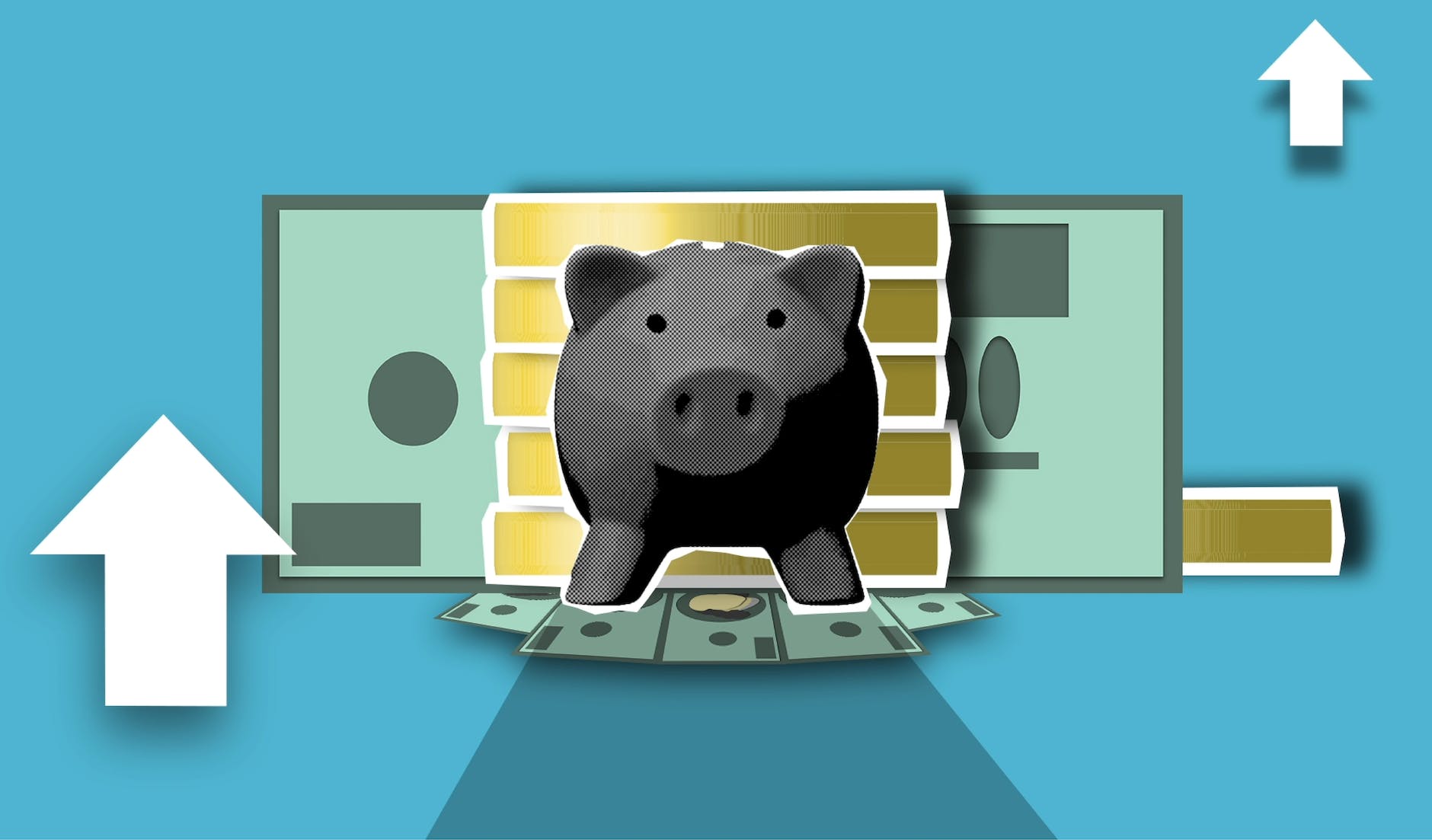Recently, I had a chance to meet a fellow designer (Graphic Designer) at a networking event. While we discussed similar/different points about our industries (hers-graphic design, mine-architecture), we invariably got into the topic of the value (or lack thereof) of design from clients, translating into low design fees.
Although we both share similar low design fee stories, she had a decidedly different approach to running her business from mine.


She had been running her graphic design office for over a decade, and her decision to lower her fees started when she read the discussion in her favourite design forum.
While scrolling through the forum, she stumbled upon a hot topic: low design fees
“Should designers ever cut their fees to get clients?” The debate raged on, with passionate arguments on both sides.
She was fueled by determination and made a bold decision. She decided to take the plunge and lower her fees temporarily.
She didn’t do it because her work was any less valuable; in fact, she believed in her skills more than ever. Instead, it was a strategic move to get her foot in the door, to show potential clients the magic she could create.
It wasn’t about compromising; it was about opportunity…at the very least, that was how she saw the new approach to developing pricing strategies
I can totally relate to the story. Many designers, including myself, have practiced this well-known business strategy.
What happened to her next was a whirlwind. Her email inbox is flooded with inquiries from small businesses, startups, and dreamers with big ideas. As clients recognized her design skills and low fees, she started getting calls, and they became the (low-fee) paying clients.
At that moment, as an architect who went through the same experience (especially when I started my architecture practice years ago), I asked her the question.
“How long was your temporally low fee period”?
She grew quiet and said she still charges similar low fees to “keep” the same clients. Although she had raised her fees over the years, especially with new clients, she could not increase them “too much” for fear of new clients finding out the much lower fees with other clients.
As we both sip our coffee and commiserate about the low-fee dilemma in Design industries, I wonder what (or who) is responsible for creating the “creativity first, low fee later” phenomenon in the Visual Design world.
Clients’ lack of understanding of design value
I have seen and personally participated in this less-than-ideal situation: trying to develop outstanding design work and seeing it undervalued by clients.
One of my past clients had a vision for their dream project. They thought they could tackle the construction phase themselves and decided to hire me solely for the design part.
I poured my creativity into those blueprints, every line and detail a testament to their dream home. Then, like sending your child off to college, I handed over those plans, wished them well, and watched them plunge into construction.

But life has a way of surprising you. Several months later, my phone rang, and the client sounded more anxious than I’d ever heard them.
The city had swooped in like a hawk and grounded the construction project. Why? Because the contractor had decided that my meticulously crafted architecture drawings were more like guidelines than rules.
In their time of crisis, they realized that overseeing construction was about more than just aesthetics; it was the intricate dance of turning lines on paper into a living, breathing structure.
They needed someone to ensure every nail, beam, and brick followed the plan to the last detail. And there I was, like a design-savvy superhero, returning to their lives to save the day.
It was a lesson in the importance of architects being more than just visionaries; we’re the conductors of the symphony that is a construction project, making sure every note plays just right.
Designers underselling services
It is not entirely the client’s fault.
We designers have contributed towards clients, not understanding or appreciating design values. The story of a low design fee in visual design industries is well known.

Designers are artists in their own right, crafting visuals and experiences that make the world a better place. But here’s the twist: the moment clients raise an eyebrow at their fees, some designers start doubting themselves faster than you can say “Pantone colour palette.”
It’s like this: a client sees the proposal, and they’re all, “Wow, that’s a bit steep, isn’t it?” And in that very moment, the designer’s inner imposter syndrome wakes up from its nap and says, “Oh no, maybe I am charging too much.”
They start scrambling, cutting prices here and there, offering discounts, and maybe even throwing in a free logo redesign because, well, they want the work.
But here’s the kicker: more often than not, the client didn’t actually think the fee was too high; they were just doing their best impression of a savvy negotiator. Like the time, I was negotiating to get the lowest price to buy the used computer when I was a student.
So, what happens? The designer ends up with a low fee, juggling multiple projects and, worst of all, the project suffers.
It’s a cautionary tale for designers out there.
Because, in the end, it’s not about selling yourself short; it’s about making sure your creativity, skills, and expertise are valued the way they should be.
So, don’t let a raised eyebrow throw you off track – hold your ground, confidently state your fee, and watch as clients start to appreciate the true artistry in what you do.
Society’s perception of the creative profession
The final (and probably the most challenging) dilemma is society’s expectations of design and designers.
Isn’t it funny how society has its quirks when it comes to valuing professions? You’ve got lawyers, bankers, doctors – they’re like the rockstars of the career world. And don’t get me started on tech wizards; they’re like the modern-day wizards pulling all the strings.
But what about our creative friends, the designers? For some reason, society doesn’t always put them on the same pedestal.


Society often values the professions that deal with cold, hard facts or high-stakes decisions – you know, the ones where a single word in a contract, a financial move, or a medical diagnosis can change lives.
It’s tangible stuff, the kind that’s easy to measure. And with technology, it’s all about progress and innovation, the future, right? The ubiquitous topic, AI is everywhere; how it will change everything about our lives.
But (visual) designers, well, deal in the realm of aesthetics, user experiences, and emotions. It’s like trying to put a price on the Mona Lisa’s smile – it’s subjective, ever-changing, and sometimes undervalued.
People often see design as the cherry on top, not realizing it’s the secret sauce that can make or break a brand, a product, or an experience.
So, while society might not always give designers the same applause as lawyers, doctors, or AI developers, we know the truth.
Designers weave magic into the fabric of our world, making it more beautiful, functional, and enjoyable.
They might not have the same spotlight, but their impact is woven into the very fabric of our lives.
Final Thought
So, here’s the punchline to our little design tale: Commercial ambition matters in the design world, and I don’t just mean money…although it is a significant component.
All of us – designers, clients, and society – have stakes in raising the value of design services.
Remember that café chat where I met the graphic designer and shared our dilemmas about low design fees? Well, it’s a story we’ve all seen in one way or another.
When designers undersell their skills, it’s not just them missing out on what they deserve; it’s all of us. It’s a missed opportunity for clients to truly transform their spaces and brands.
It’s society losing out on a more beautiful, functional, and enjoyable world.
So, commercial ambition in design is not just about making more money (although that would be nice). It’s about valuing the creativity, skills, and artistry designers bring to the table. It’s about recognizing that good design isn’t just a cherry on top; it’s often the secret sauce.
Here’s the joke to drive it home: Why did the graphic designer start charging more for their work? Because she realized that design isn’t just about making things pretty; it’s about making things work.
And in the end, isn’t that what we all want – things that work beautifully? So, let’s raise our glasses to the designers who make it happen and remember, a world without design would be like a joke without a punchline – a bit flat and missing the mark!
Cheers to valuing design! 🎨🏢🚀
